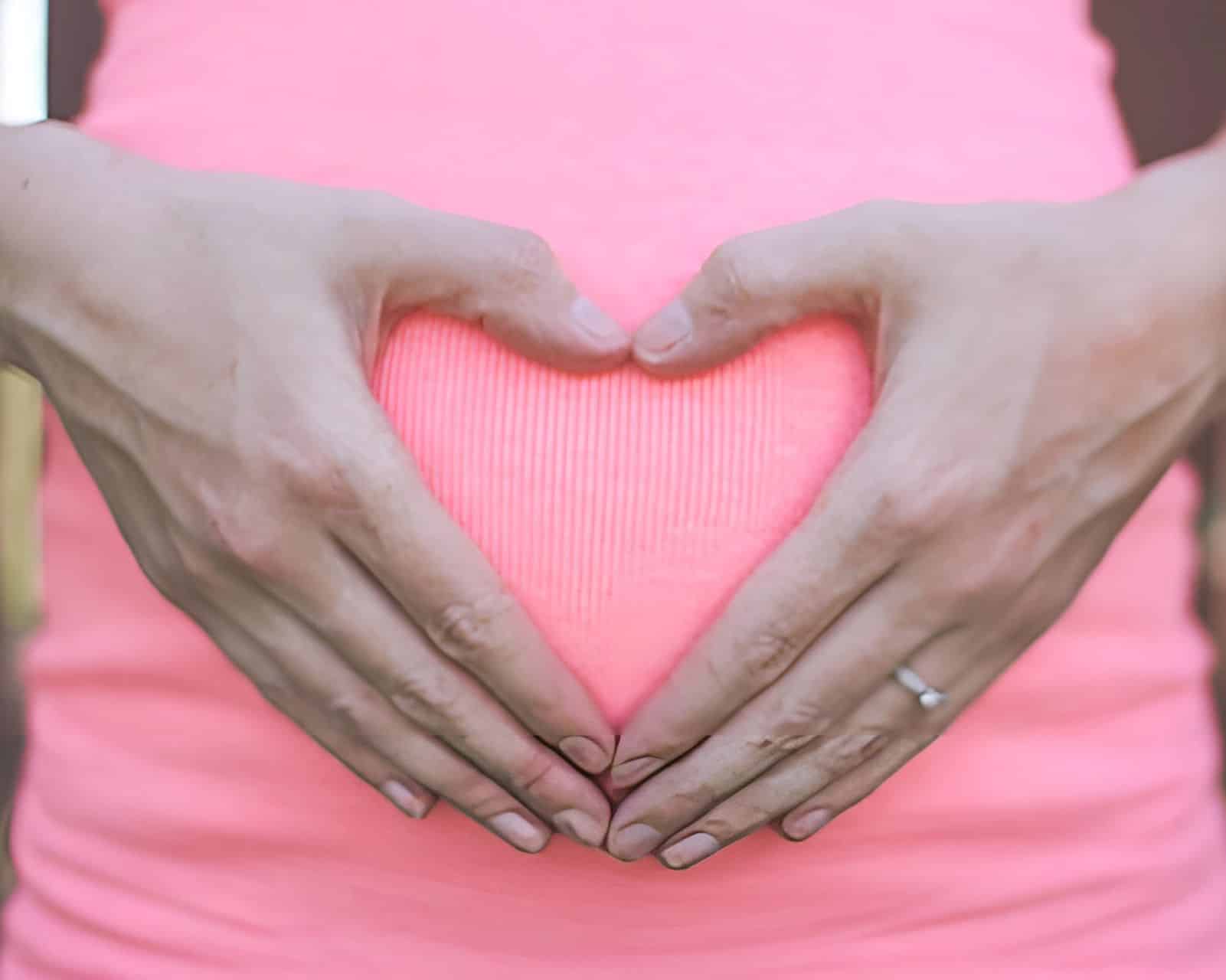

A once-ignored organ of the female reproductive system may play a far greater role in fertility than previously thought, according to a new study published in eLife. The structure, known as the rete ovarii, was long believed to be a useless remnant of early development. Now, researchers say it may actively support how the ovaries function.
First identified in humans in the 1800s, the rete ovarii was dismissed for over a century as having no real purpose. However, University of Michigan scientists, using advanced tools have uncovered new evidence that this structure may help regulate the environment around the ovaries and support the early development of egg-producing follicles.
“It appears that the rete ovarii may have a role in ovarian homeostasis – maintaining the ovaries and their environment,” said Adam Taylor, an anatomy professor at Lancaster University who was not involved in the study. “Finally and most interestingly is the potential endocrine [hormonal] role that the rete ovarii may have.”
The structure sits beneath the ovary and resembles a horseshoe. Although it has been largely ignored in human biology, it is highly conserved across mammals, from cows to monkeys. Because mice and humans share similar patterns in reproductive development, researchers believe these findings could apply to humans.
The research team used modern imaging and genetic tools and found that the rete ovarii consists of three distinct regions.
Long thought to have little relevance to ovarian physiology, the rete ovarii may have a role in follicular dynamics and reproductive health.https://t.co/J0M8hLcK5D pic.twitter.com/T4r6dMy6Yb
— eLife – the journal (@eLife) April 6, 2025
These include the intraovarian rete inside the ovary; the extraovarian rete, made up of twisted tubes; and a connecting rete that links the two. These regions form before birth and are preserved into adulthood.
The scientists discovered that the extraovarian rete in newborn mice contained thousands of proteins. One key protein, IGFBP2, is thought to influence growth factors linked to follicle development. This suggests the structure could help signal the ovary to grow and mature.
In other experiments, researchers injected fluorescent dye into the rete ovarii and observed fluid movement toward the ovary. This adds further weight to the idea that the structure actively supports ovarian function. Gene analysis also showed that cells in the rete expressed hormone receptors—including those for estrogen and progesterone—indicating that it may respond to the body’s hormonal changes.
The researchers compared the structure’s function to that of an antenna, which receives signals from the body through hormones and nerves, and passes them to the ovary using secreted proteins.
“There’s still so much we can’t even begin to comprehend about female anatomy,” said lead author Dilara Anbarci, a developmental biologist. “I hope this encourages more investigation in reevaluating what we don’t already know about the ovary.”
The team plans to continue studying the rete ovarii, focusing on how it responds to hormones and whether it changes in response to health conditions. Their findings challenge long-held assumptions in reproductive biology and may one day help improve treatments for infertility and other gynecological conditions.
